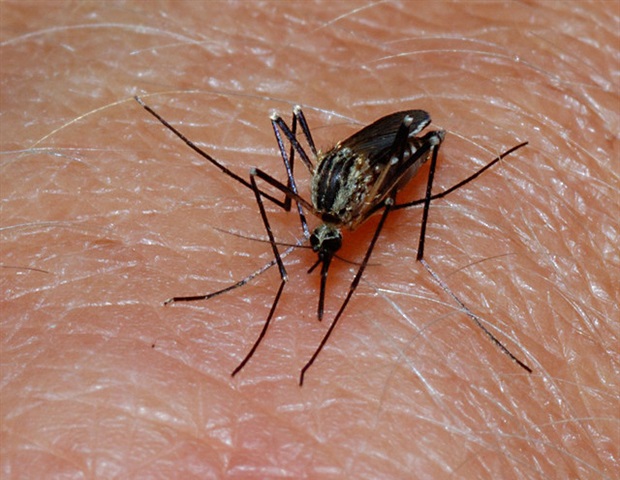A relatively new class of insecticide that can be disseminated on something the size of a sheet of paper offers protection for up to a year against mosquitoes that spread malaria, as well as dengue, West Nile, yellow fever, and Zika, UC San Francisco researchers have found.
In a systematic review of more than 25 years of data on some 1.7 million mosquitoes, researchers concluded that this form of repellent – called a “spatial emanator” because it distributes chemicals through the air – can prevent more than 1 out of every 2 mosquito bites.
The analysis comes just as the World Health Organization (WHO) issued a new recommendation in August supporting the use of spatial emanators, the first new vector control product class available in more than 40 years.
Spatial emanators can be used day and night and do not require heating or electricity, making them easy to use in remote areas in Africa, South America, and Southeast Asia, where malaria is prevalent.
We finally have a new way to protect against mosquito bites, especially one that fills in some of the gaps of our existing methods. It’s lightweight, affordable, and easy to use, so it can be used to help save lives in all parts of the world.”
Ingrid Chen, PhD, MS, associate professor of epidemiology and biostatistics at UCSF and the first author of the paper
The study was funded by the National Institute of Allergy and Infectious Diseases, which is part of the National Institutes of Health (NIH). It appears Aug. 26 in eBioMedicine, which is published by The Lancet. The NIH is not accepting applications for future research on this topic, which relies on foreign subawards to study the products in countries where people still die from mosquito-borne diseases.
Malaria’s devastating impact
Malaria killed 597,000 people in 2023, the vast majority of whom were children under 5 years old in sub-Saharan Africa. Malaria has not been endemic to the U.S. since the 1950s, although locally transmitted cases occasionally occur in places like Florida and Texas.
WHO aims to reduce malaria mortality rates by at least 90% from where they were in 2015 and eliminate malaria in at least 35 countries by 2030. But progress toward this goal has slowed in recent years, due to the COVID-19 pandemic, insufficient funding, and insecticide resistance.
More than 40 species of mosquitoes transmit malaria, and they all have different biting and resting habits. Some, like the Anopheles mosquito, which carries the malaria parasite, bite mostly at night. Others, like the Aedes mosquito, which carries viruses like dengue and Zika, bite during the day.
This makes it hard for one method to work against them all.
Insecticide-treated nets generally only protect people indoors and at night, and there are other limitations. Topical repellents are expensive and need to be regularly reapplied. Insecticide-treated coils create smoke and last only a few hours.
The new class of spatial repellent overcomes these coverage gaps. It uses chemicals that are similar to those in treated bed nets – which are considered safe – but in a more volatile form.
Effective against all types of mosquitoes
The researchers looked at years of research, analyzing each mosquito that has been collected and characterized, and put the data together into one big database.
They determined that these spatial repellents provide an average protectiveness of 56%, meaning they prevented more than half the bites that would have occurred without the device. The tool also protects against all types of mosquitoes that carry disease, although with varying levels of efficacy.
Three products, BiteBarrier, Mosquito Shield, and Guardian, are already being produced. BiteBarrier is the first to be sold in the U.S., and it works for up to 21 days. Mosquito Shield is effective for about 30 days, while Guardian can last up to one year.
The Aug. 13 WHO recommendation enables major donors to subsidize this intervention in malaria-endemic countries, specifically using Mosquito Shield and Guardian.
Source:
University of California – San Francisco
Journal reference:
Chen, I., et al. (2025). Volatile pyrethroid spatial repellents for preventing mosquito bites: a systematic review and meta-analysis. eBioMedicine. doi.org/10.1016/j.ebiom.2025.105891
